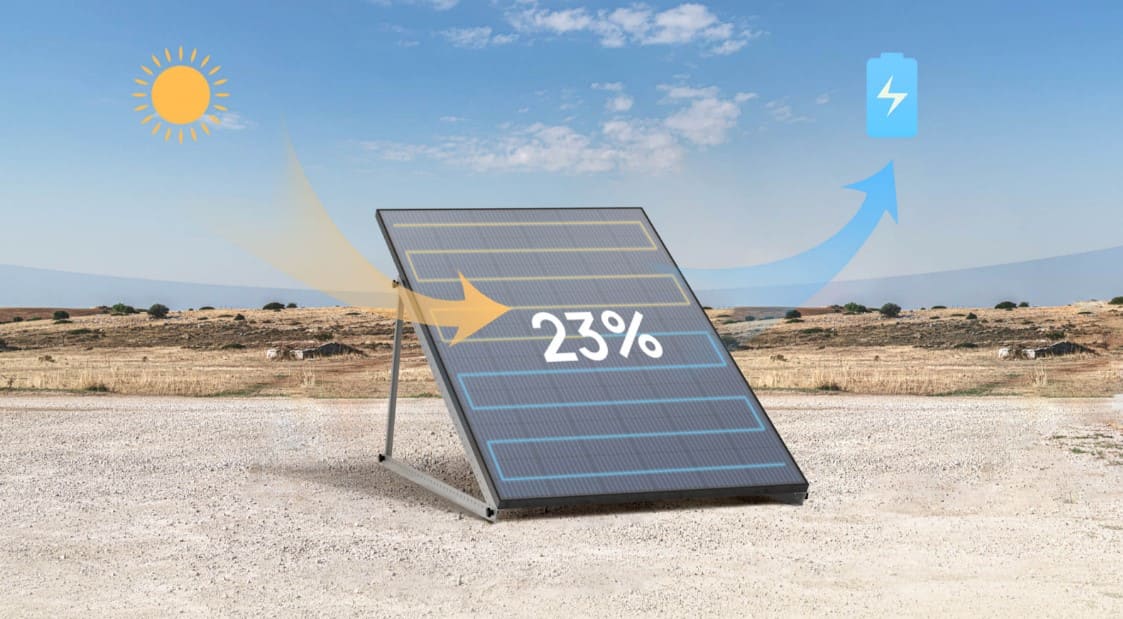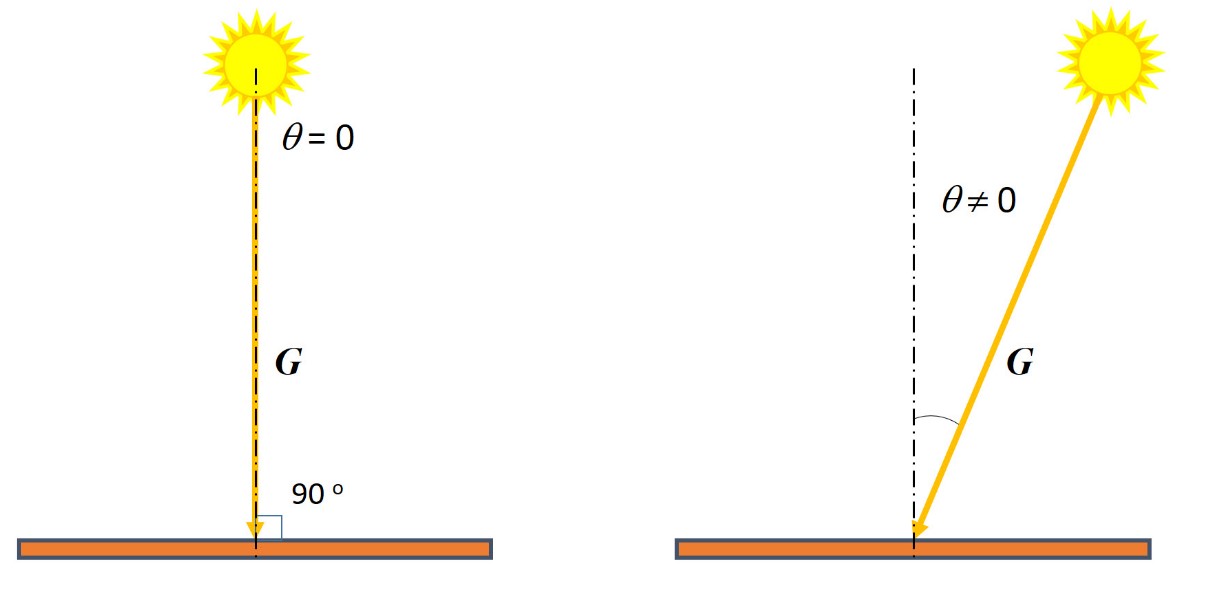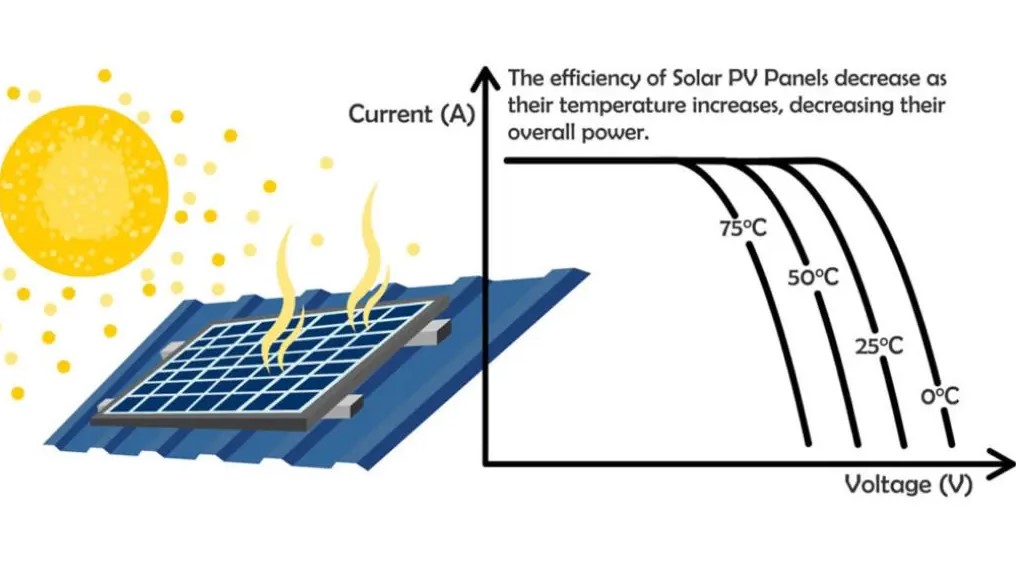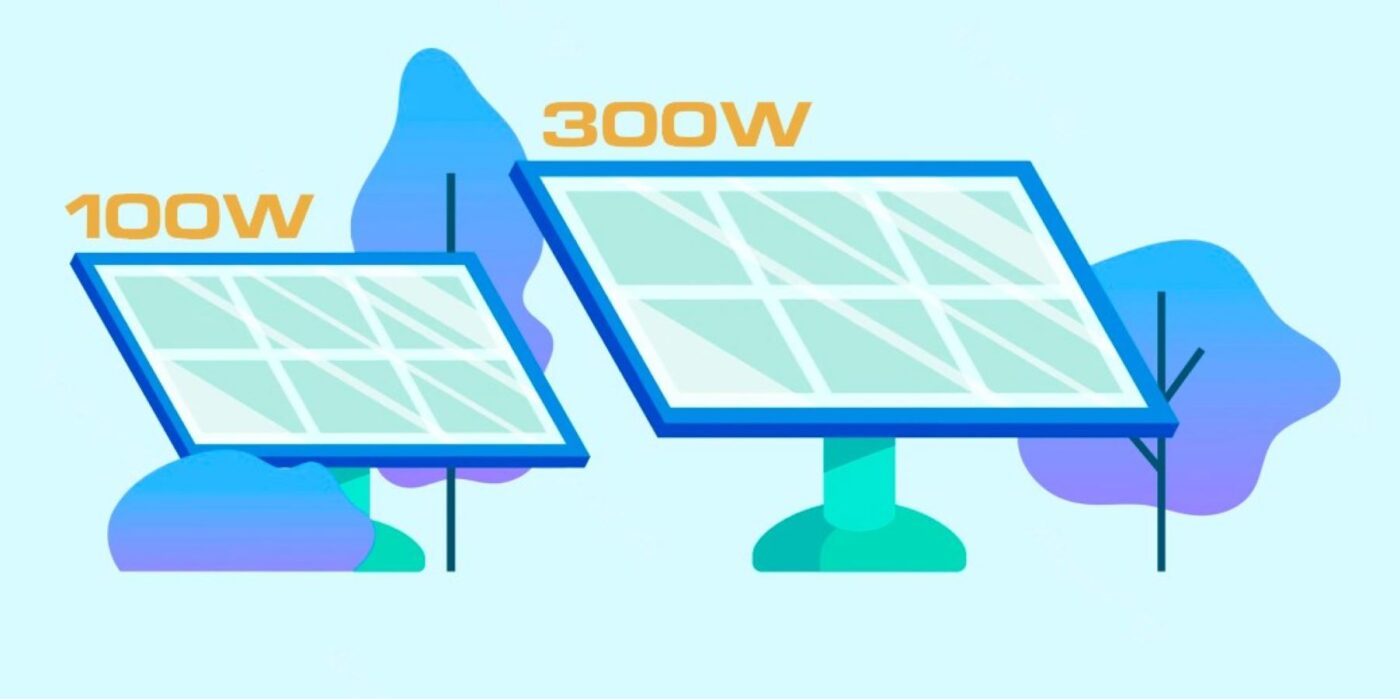Solar Energy
Power generated by each photovoltaic solar panel
The photovoltaic systems have gained great popularity in recent decades because they generate electrical energy in a clean, inexpensive manner, and their source is inexhaustible. The system relies on the power produced by each solar panel, which is its most visible component.
In fact, this iconic equipment is what gives its name to the system, as it is the one that captures solar energy and converts it into electrical energy, providing the so-called «Watt per panel.»
There is a question that everyone asks: What is the effective power produced by a solar panel? Despite being identified with a certain power rating, this value depends on several factors. Here, we explain everything about this topic. Let’s get started!
What does the power produced by each solar panel depend on?
This solar performance per panel is primarily subject to 4 factors, which are:
Surface for maximum solar performance

On average today, a solar panel produces around 200 W per square meter of solar panels. However, this is what is called «peak power» and occurs under very specific conditions.
From the above, you can deduce that the power of a solar panel is directly proportional to its size. Likewise, if you place several solar panels in parallel, their respective powers add up. However, it is ideal for them to have equal characteristics, including their capacity.
We discuss this in more detail in the post Parallel connection: what it involves. Don’t miss it!
The power efficiency produced by each solar panel

The efficiency of a solar panel is a variable directly related to the technology used in the construction of its solar cells. Depending on the composition of its solar cells, they are divided as follows:
- Monocrystalline: These have an efficiency ranging from 20% to 23%.
- Polycrystalline: Their efficiency is between 15% and 18%.
- Thin film or flexible: These have an efficiency of 7% to 12%.
In the posts Solar panels: installation and tips. Part 1 and Solar panel: what you need to know before buying you will find the best information on this topic. Read them, and you’ll see!
In summary, the efficiency of the solar panel is one of the parameters that best defines its quality.
Incident solar light on the surface

Contrary to popular belief, it’s not enough for sunlight to reach the solar panel. This also influences maximum solar performance:
- Angle of incidence: The maximum electricity production occurs when sunlight strikes the surface of the solar panel perpendicularly. In other words, when the angle of incidence with respect to the panel is as close to or equal to 90°.
Since the sun changes position throughout the day, solar panels with different inclinations are installed in groups.
- Presence of shadows: Shadows of any size anywhere on the solar panel area can significantly reduce power production. Even a small shadow in a corner can cause a noticeable reduction in the produced power.
Now, how do you achieve maximum power from the solar panel due to this factor? For this, it’s necessary to have the equivalent of 1000 W – m2 of solar light incident on it. In other words, you need a very sunny day.
On the other hand, it’s important that the location or area where the solar panel is situated allows for this solar performance for several hours. This information is provided by specialized weather websites. One of the websites you can consult is sunearthtools.com.
To use it, you need to input the coordinates of the location where the solar panel is situated, which you can obtain from Google Maps. By analyzing the graphs, you can determine the approximate number of hours during which you will have this incidence of sunlight.
The temperature

This is another concept that is generally misunderstood. Most people think that higher temperatures result in greater solar performance.
In reality, this is not true, as the optimal temperature for achieving maximum efficiency is around 25°C.
So… at what moment does my solar panel produce maximum power?
As you can see from the above, the only variable conditions affecting daily power production are temperature and solar incidence.
Consequently, the maximum energy production, or maximum watt per panel, occurs during the hours of the highest solar incidence. In other words, when the area experiences solar power of 1000 W-m2, with an average temperature of 25°C.
In our post Calculation of the power supplied by solar panels we will provide a practical example that will clarify this concept for you.
For more information on the topic of solar energy and DC power systems, we have diverse and excellent content for you at energydcac. Be sure to check it out!
If you have any questions about any of our posts, feel free to let us know. It will be our pleasure to address them for you. Additionally, we invite you to subscribe with us to stay informed about our new articles.

